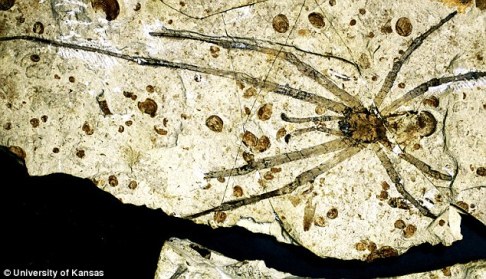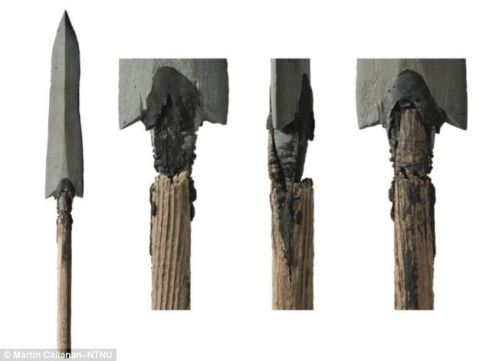Archaeologists in Moab, Utah, have discovered the remains of six Utahraptors within a nine-ton block of sandstone. This discovery is regarded as the biggest fossil find ever of the Utahraptor, a giant predatory theropod dinosaur who roamed the earth during the early Cretaceous period. The massive excavation, led by Utah state palaeontologist James Kirkland, has been undertaken over the past decade upon the Utah Mountain.

The nine-ton sandstone block revealed the skeletal remains of a 16ft-long adult, four juveniles and a baby Utahraptor which was approximately 3ft long from snout to tail.
The sandstone block revealed the skeletal remains of a 16ft-long adult, four juveniles and a baby Utahraptor which was approximately 3ft long from snout to tail. The block also revealed bones belonging to a beaked, bipedal herbivore known as an Iguanadon. It is hoped that the Utahraptors died whilst hunting as a group, which may provide evidence of pack hunting. Another hypothesis claims that the Utahraptors may have wandered into quicksand and died at different times, due to the fossils being stacked 3ft thick.

It is hoped that the Utahraptors died whilst hunting as a group, which may provide evidence of pack hunting.
Kirkland thinks that the Utahraptors were enticed by the promise of the unwary Iguanodon which stumbled into the quicksand itself. Unable to move, bellowing and struggling, the trapped Iguanodon lured the Utahraptors who then, one after another, tried to ‘nab an easy meal’ only ending up stuck and meeting the same fate as the Iguanodon.
Utahraptors are the largest known member of the family Dromaeosauridae, with some specimens reaching 23ft-long weighing around 500kg. They bare a resemblance to their ‘cousins’ – the Velociraptor but are covered in feathers, with a sickle like claw on each of their second toes.

Size comparison of an average sized adult Utahraptor with an adult male human (5.9ft).










